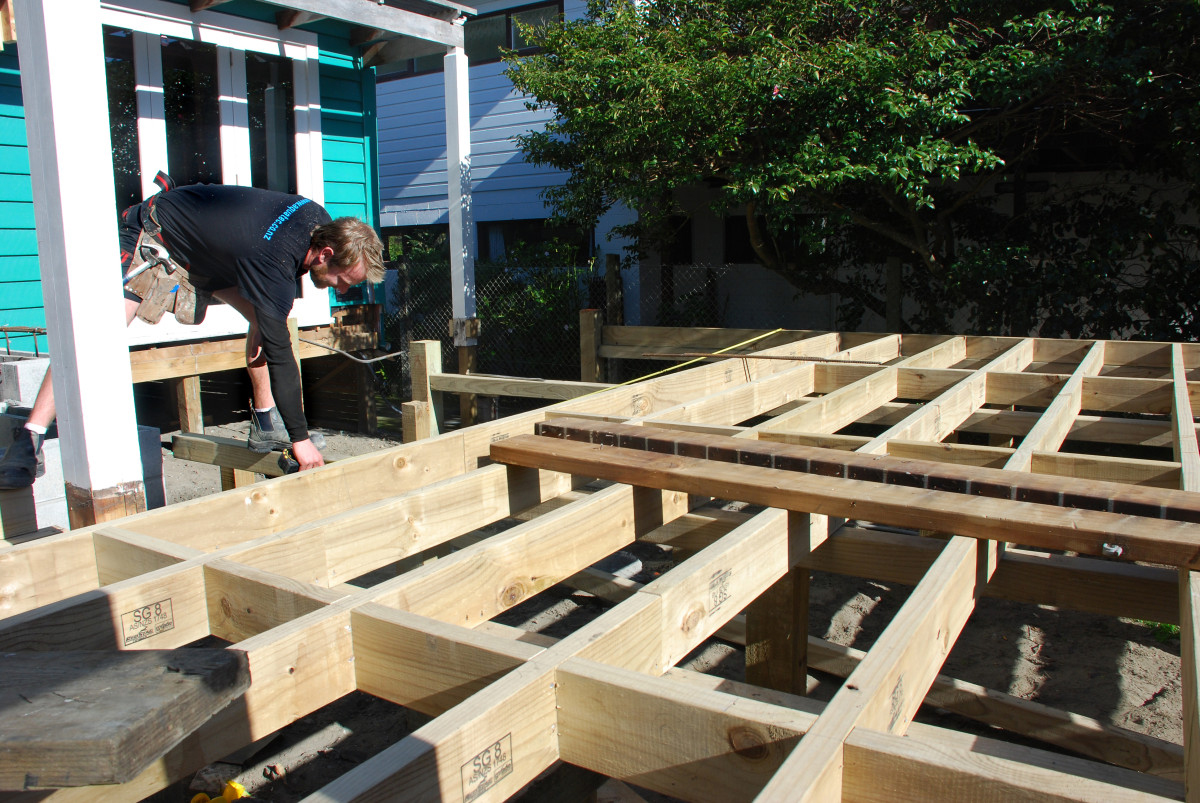Important building act update
22 Feb 2014, Building and housing, LBP & Regulation, Prove Your Know How

The Building Amendment Act 2013 expands the range of work not requiring a building consent, imposes higher penalties for work done without the building consent, and more…
Recent changes to the Building Act, reflected in the Building Amendment Act 2013 that became law on 28 November 2013, will affect building contractors and homeowners across the country. Some changes came into force immediately, while others will come into effect throughout 2014.
They include changes to the types of work that do not require a building consent, making more low-risk work exempt and imposing limits on potentially high-risk work.
You will now be able to demolish a detached building that is not more than three storeys high without building consent. Previously, you could only do this if the building was damaged. This change means, for example, that an old, single-storey detached bach may be demolished to make way for a new dream home without applying for building consent. The new dream home will require building consent, though!
It’s also okay to remove a building element without building consent, such as the upper part of a brick chimney that is protruding above the roof, provided it is not more than three storeys and the removal does not affect the primary structure of the building, any specified system or any fire separation.
Some existing outbuildings not used by the public, such as carports, garages, greenhouses and sheds that are one storey or smaller, can be repaired and replaced without building consent, whether they are damaged or not, as long as the new outbuilding is the same size or smaller than the original, and is on the same footprint and is comparable to the original. You can’t, for example, replace a carport with a garage without building consent, nor can you shift a shed to another part of your property and add an extension without building consent.
Exempt building work is listed in Schedule 1 of the Act, which has been reformatted to make it easier to navigate.
Schedule 1 has been split into three parts:
- The first part lists exempt building work with no limitations on who designs or carries out the work.
- The second part deals with exempt sanitary plumbing and drainlaying, which must be carried out by people authorised under the Plumbers, Gasfitters and Drainlayers Act, with some exceptions.
- The third part covers building work which has been designed or reviewed by a chartered professional engineer.
NOTE: Exempt building work is not Restricted Building Work, so it doesn’t trigger the LBP requirement. However, many homeowners may choose to employ an LBP as exempt work, such as building a 1.5m-high deck with fancy balustrades or building a 2.99m-high retaining wall, may still be outside a homeowner’s abilities.
“All building work, whether exemptor consented, must comply with the Building Code
MBIE’s guidance document will contain examples of the kind of work that is exempt and examples of work that requires building consent.
The guidance will also advise readers to seek good advice on any building work, before they start. It will remind readers that all building work, whether exempt or consented, must comply with the Building Code and that any alterations or additions to an existing building must not adversely affect the building’s compliance with the Building Code.
Refer to Schedule 1 of the Act for details of work that can be done without building consent.Other immediate changes to the Act include: Higher penalties for work done without a building consent.
Other immediate changes to the Act include:
- Higher penalties for work done without a building consent.
- Councils have more powers to restrict entry to buildings that are near dangerous buildings.
- The Ministry of Business, Innovation and Employment (MBIE) has more power to hold building consent authorities to account.
- There have been changes to the way dams are defined and measured.
Changes that come into effect later next year include new regulations to protect consumers, who are building a house or making major renovations to their home.
Building contractors will have to give consumers information about their skills, qualifications, licensing status and business record when they are engaged to build a house or extension. Contractors will have to provide written contracts for work over a certain sum and can be fined if they don’t comply with the law. Details of what information will have to be given and what has to be included in the written contracts will be sorted in regulation yet to be written.
There will be a 12-month ‘defect repair period’ when building contractors oron-sellers will have to remedy any defects they have been told about. If the contractor disagrees, the burden of proof is on he/she to demonstrate their work is not defective.MBIE will develop the regulations over the coming months.
For more details about the Building Amendment Act 2013 and to read the exempt building work for yourself, go to http://www.dbh.govt.nz/building-amendment-act-2013, where you can download a fact sheet or read key information.
Just because it’s exempt, doesn’t mean it’s easy
While exempt building work does not require a consent, that doesn’t meant that it does not have to comply with the Building Code. All building work – carried out by Licencesed Building Practitioners, homeowners or builders who are not licensed – must comply with the Building Code. If you’re not sure, using an Acceptable Solution is one way to ensure the building work complies.
Register to earn LBP Points Sign in



